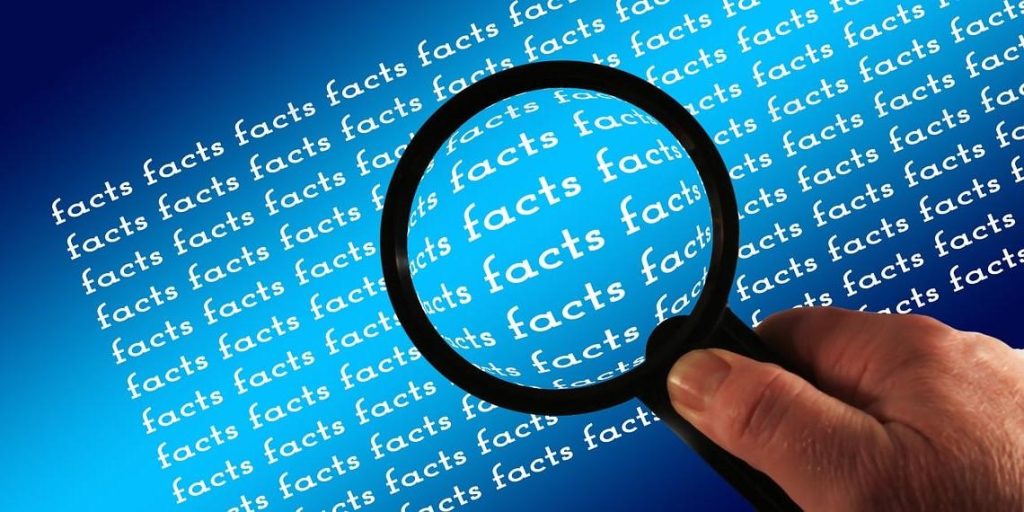AI-Powered Fact-Checking: A New Arsenal for Truth-Seeking Journalists
In the relentless battle against misinformation and disinformation, journalists now have a powerful ally: artificial intelligence. AI-powered fact-checking tools are revolutionizing the way journalists analyze and verify information, providing a much-needed boost in speed and efficiency. From scrutinizing images and videos for manipulation to dissecting text for misleading claims, these tools are transforming newsrooms into veritable truth labs. Lanre Olagunju, editor-in-chief of CheckClimate Africa, attests to this transformative power, stating, “AI has undeniably become an essential ally… I’ve witnessed firsthand how AI-powered tools have transformed our workflows.” This article explores five essential AI-powered tools that are empowering journalists in their pursuit of truth.
Unmasking Multimedia Deception:
The proliferation of manipulated multimedia content, including deepfakes, poses a significant threat to journalistic integrity. Two prominent tools are tackling this challenge head-on. Sensity AI, formerly Deeptrace Labs, uses sophisticated algorithms to detect subtle signs of manipulation in images and videos, such as face swaps and synthetic media generated by GANs. This tool provides real-time alerts, enabling rapid responses to identified deepfakes. Its multi-layered analysis examines pixel inconsistencies, file structures, and audio patterns to ensure accurate detection. While Sensity AI’s pricing is tailored to individual needs and requires direct negotiation, its robust capabilities make it a valuable asset for newsrooms dealing with complex multimedia verification. On the other end of the spectrum is the free and accessible InVID-WeVerify plugin. This versatile tool empowers journalists to dissect social media content by extracting metadata, fragmenting videos for reverse image searches, and meticulously examining individual frames for signs of tampering. The plugin’s open-source nature and ease of use make it a valuable addition to any journalist’s toolkit.
Deconstructing Textual Disinformation:
The fight against misinformation extends beyond the visual realm. Textual disinformation, often subtly woven into narratives, demands equally rigorous scrutiny. Full Fact AI, developed by the UK-based organization Full Fact, offers a comprehensive suite of tools designed to track and analyze textual disinformation. From transcribing audio and video with real-time misinformation detection to flagging potentially false claims in political speeches, news articles, and livestreams, Full Fact AI equips journalists to navigate the complexities of textual deception. The platform also provides valuable training resources, including courses on combating misinformation, online media literacy, and the application of AI in fact-checking. While pricing for Full Fact AI is customized, its multifaceted approach makes it a compelling choice for newsrooms committed to in-depth textual analysis.
Leveraging the Power of Google and Collaborative Platforms:
Beyond specialized tools, readily available resources and collaborative platforms are also contributing to the fight against misinformation. Google’s suite of fact-checking tools provides journalists with access to a vast database of verified information. The Fact-Check Explorer enables quick searches for existing fact-checks, while the Fact-Check Markup Tool allows journalists to structure their own fact-checks for enhanced visibility in search results. Crucially, the ClaimReview tagging system ensures that fact-checked articles are readily identifiable by search engines and social media platforms. While these tools require some technical understanding, Google offers free training resources to empower journalists to effectively utilize these powerful resources. For collaborative fact-checking across messaging platforms, Meedan Check offers a robust solution. This platform enables organizations to verify content shared through messaging apps like WhatsApp, Messenger, and Telegram. Meedan Check facilitates the collection of user-submitted tips and content, which trusted newsrooms and fact-checkers can then analyze and verify. With features such as grouping similar queries and shared annotation tools, Meedan Check promotes efficient collaboration among fact-checking teams. While Meedan Check sits at a higher price point, its collaborative features and support for multiple messaging platforms make it a valuable investment for organizations tackling misinformation across diverse channels.
The Future of Fact-Checking: An AI-Augmented Reality:
The integration of AI into fact-checking workflows represents a paradigm shift in journalism. These tools are not simply enhancing efficiency; they are empowering journalists to confront the escalating challenge of misinformation with unprecedented speed and precision. While human oversight remains paramount, AI is proving to be an indispensable ally in the pursuit of truth, allowing journalists to focus their expertise on nuanced analysis and contextualization. As AI technology continues to evolve, the future of fact-checking promises to be even more robust and responsive, ensuring that accurate information remains the bedrock of a well-informed society.
A Call to Action: Embracing the Power of AI for Truth:
The tools discussed in this article represent a crucial step forward in the fight against misinformation. Journalists and newsrooms must embrace these technologies and actively integrate them into their workflows. The resources and training available through organizations like Google and Full Fact provide invaluable support for those seeking to harness the power of AI for truth. By adopting these tools and fostering a culture of continuous learning, journalists can strengthen their defenses against the pervasive threat of misinformation and ensure that accurate information prevails in the digital age. The ongoing battle for truth demands vigilance, adaptability, and the strategic deployment of every available resource. AI, in this context, is not merely a helpful tool, it is becoming an essential component of responsible journalism in the 21st century.


